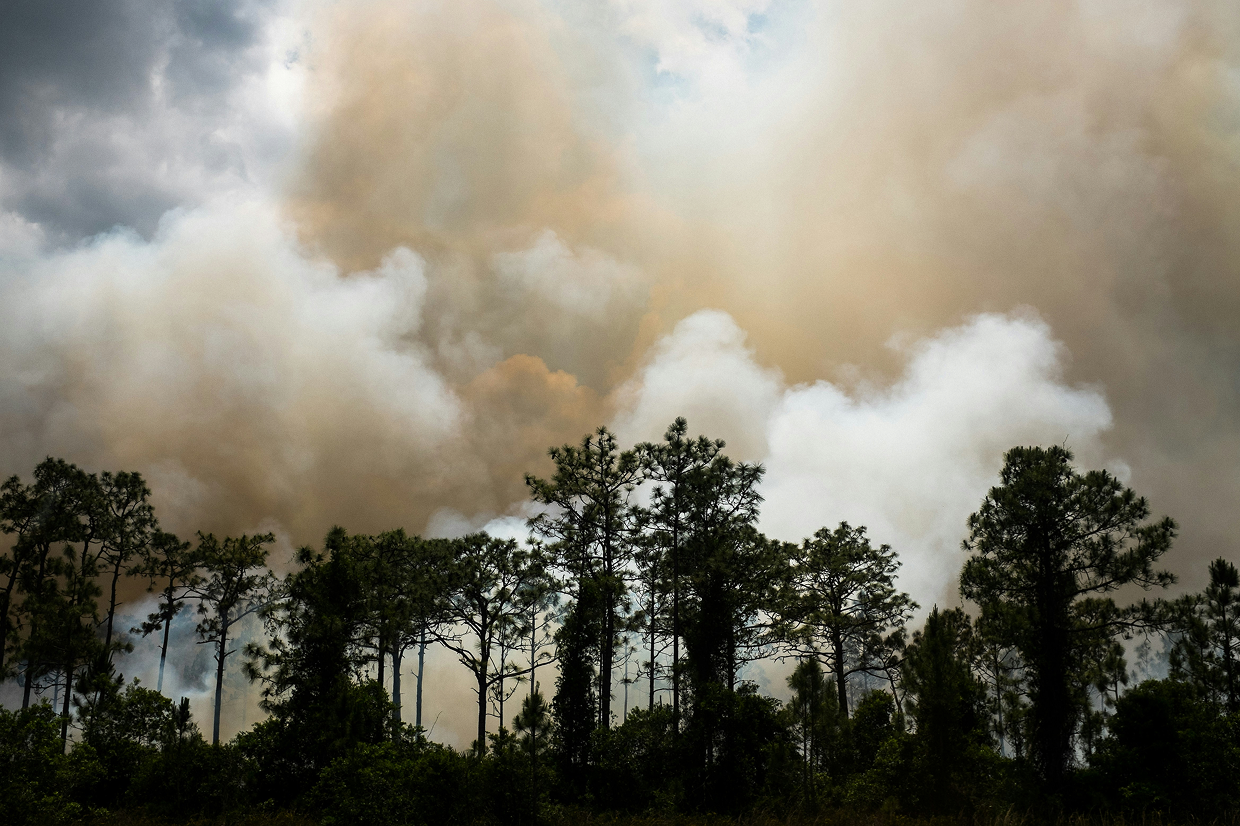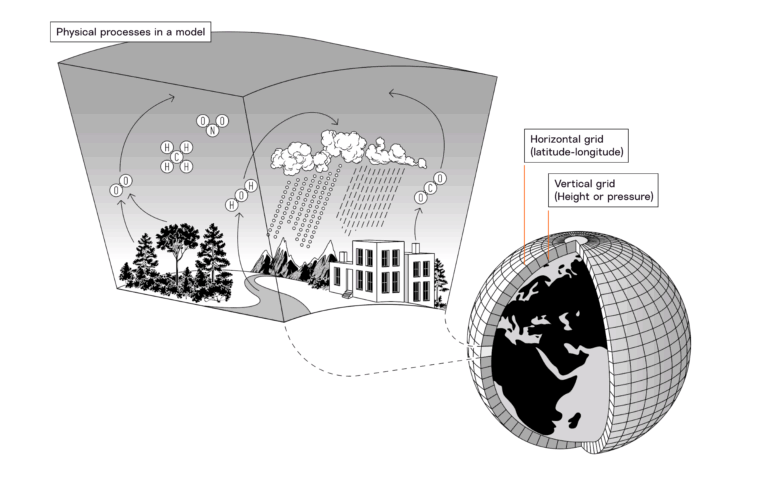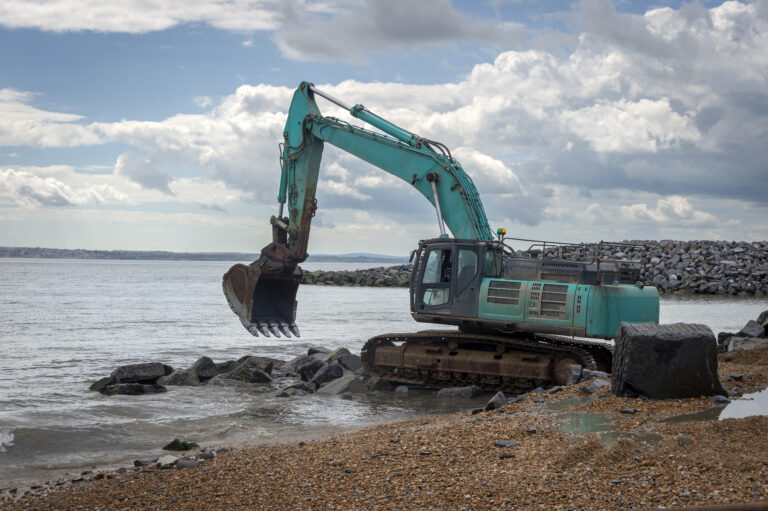Wildfire risk is growing: Extreme wildfire activity has more than doubled in the last two decades. While human activity around the world creates more opportunities for fires to ignite, our warming climate is shifting weather patterns in ways that make it easier for wildfires to spread. By understanding wildfire risk and how it’s changing, we can better mitigate the harmful effects of this dangerous hazard.
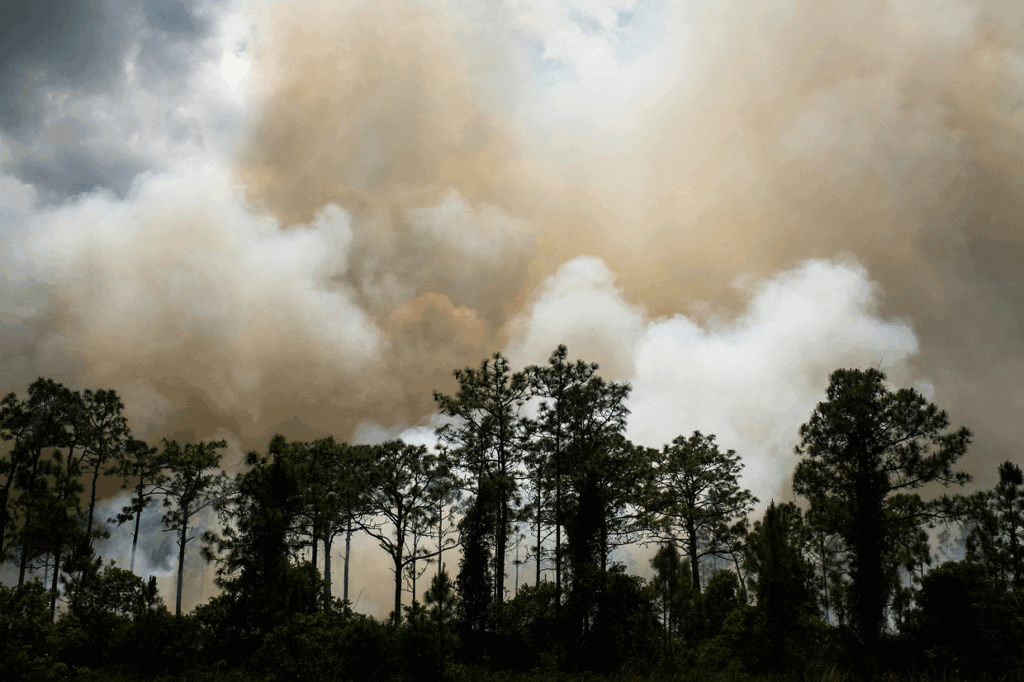
What is wildfire risk?
Wildfire is an unplanned fire that originates in natural environments. The key ingredients for wildfires are ignition to start the fire and fuel to sustain it.
Wildfire risk measures the likelihood that a wildfire will ignite and spread. Since wildfires originate in nature, various weather conditions and human behavior contribute to this likelihood.
Here are key wildfire risk factors:
- Dryness: The most important factor in starting a wildfire is dryness. The drier conditions, the more likely it is that plants and trees ignite and burn. Conversely, if conditions are wet, it is less likely that a wildfire will break out, even if an ignition source and vegetation are present.
- Ignition: Ignition can come from human activity or infrastructure, such as a discarded cigarette or a faulty power line, or natural sources, such as a spark from lightning. Heat can increase the likelihood of ignition by increasing evaporation and drying out vegetation.
- Fuel: Once a wildfire has ignited, it grows by burning available fuel, usually dry leaves, grasses, and trees. The amount of dry vegetation contributes to how powerful that fire might become.
- Wind: Wind also contributes to how far wildfires spread. Wind fans flames, distributes embers, and spreads fires across landscapes, often faster than responders can react. Intense wildfires can even generate their own wind by heating up the air around them.
How is wildfire risk changing?
Wildfire risk is increasing in many areas due to changing weather patterns, human activity, and varying levels of preparedness.
Changing weather patterns
Greenhouse gas emissions have warmed the atmosphere, shifting weather patterns in ways that increase the likelihood and intensity of wildfires. Specifically, many places are experiencing prolonged dry spells and increased likelihood of drought, a key component of wildfire risk.
Even riskier than drought by itself is an abnormally wet season followed by dry conditions. Heavy precipitation encourages lush vegetation growth that, once dried out, becomes highly flammable. Large amounts of this dry fuel, combined with higher average temperatures, make it easier for fires to ignite and spread.
Human activity
Humans directly increase wildfire risk by manipulating our local environments. Deforestation dries out surrounding areas and harms biodiversity, sending ripple effects through the local ecosystem that can make the area more vulnerable to wildfire.
The results of other human activity introduce ignition sources. When humans bring ignition sources, like power lines, closer to available fuel (dry plants and trees) by moving closer to forested areas, the likelihood of wildfire ignition increases.
Sometimes our attempts to avoid wildfire worsen our risk. By preventing or repressing natural wildfires, we allow flammable brush to build up, creating ideal fuel conditions for large fires.
Preparedness
Wildfire risk in any place depends in part on people’s local preparedness. Although wildfire has been a part of life for as long as humans have been on Earth, we have built systems, environments, and societies in increasingly risky places, often without thinking about or planning for wildfire risk. In many locations, plants, animals, people, and the built environment are not adapted to or prepared for present-day or future wildfire risk.
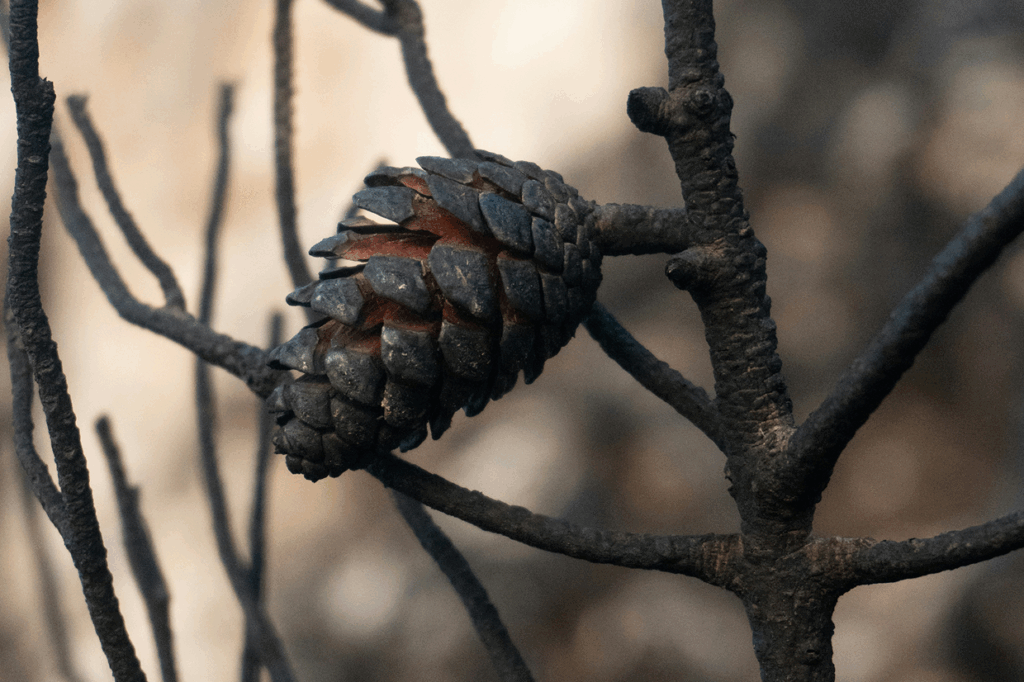
What are the effects of wildfires?
The effects of a wildfire range from destroyed ecosystems to public health concerns, property damage and related financial losses, and disrupted global climate systems.
Damage to ecosystems and the natural environment
The impacts of wildfire not only harm the natural environment, but they can also make it harder for ecosystems to recover. Wildfires destroy vegetation and wildlife habitats, impacting and displacing local animal populations. The intense heat can reduce soil quality, making it harder for new plants to grow, while ash and debris can contaminate water sources and damage aquatic life.
Health ramifications
Air pollution from smoke and particulate matter can harm both animals and humans. Smoke from burning buildings and industrial facilities can be even more dangerous, as it contains carcinogens and toxins. The smoke and air contamination can travel hundreds of miles, and vulnerable populations, including children, the elderly, and those with preexisting health conditions, are especially at risk.
Damage to the built environment and infrastructure
Wildfires that reach our built environments and infrastructure can cause significant damage. Intense heat and flames destroy homes, businesses, roads, and bridges, while also melting power lines and damaging electrical grids, sometimes leading to widespread blackouts. Sewer systems, telecommunications networks, and transportation routes are often severely damaged, making recovery and emergency response more difficult.
Insurance challenges
In some high-risk regions, wildfires are dramatically reshaping the insurance industry. As fires become more frequent and destructive, insurers are facing mounting losses. In response, many companies are increasing premiums, reducing coverage, or even withdrawing from fire-prone areas entirely. Policyholders, insurers, and regulators are being forced to rethink how to manage and share the financial burden of climate-driven disasters.
The fire-climate feedback loop
The fire-climate feedback loop describes the relationship between wildfires, the carbon they release, and global climate change. As climate change increases wildfires, those wildfires release more carbon to the atmosphere, further intensifying climate change over time.
When organic matter burns, global climate systems are affected both immediately and over time. Carbon stored in plants is released back into the atmosphere, and they stop absorbing carbon for some time. Even when fast-growing small plants return after a fire, they store less carbon than large, established trees. Frequent wildfires can also permanently alter the landscape, making it harder for certain trees to grow back.
As the frequency and intensity of forest fires continue to increase, they can release greater amounts of carbon, strengthening the fire-climate feedback loop. In many places that used to be forest, the climate might become too hot or arid for the old species to return at all after a fire. If large enough areas of forest die back and burn, it could trigger a tipping point that propels uncontrollable warming.
